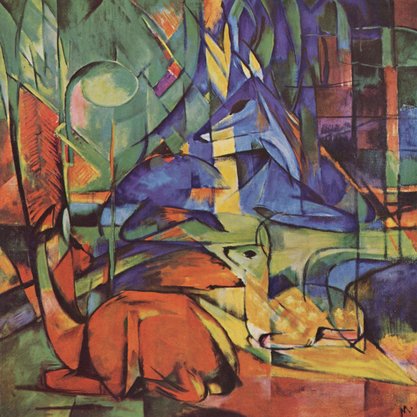Article
Munch, Edvard (1863–1944) By Gluchowska, Lidia
Article
Edvard Munch was a Norwegian painter, printmaker and sculptor, who experimented with photography and film. He is one of the main forerunners of Expressionism, and his painting The Scream (1893) became a universal icon of existentialist fear. He was born in Løten, Norway, in 1863 and died in Oslo in 1944.
In 1879 Munch enrolled at a technical college and in 1881 at the Royal School of Art and Design of Christiania, where he took lessons in freehand drawing and modeling. In 1882 he was supervised by the naturalistic painter Christian Krohg, and in 1883 he held his first public exhibition. In 1885 Munch travelled to Paris; some influences of French art were recognizable in the works he presented at his first one-man show in Christiania in 1889. The recognition he received with this exhibition gained him a state scholarship to Paris for the period 1889–92. There he studied under French painter Léon Bonnat and saw works by Paul Gauguin, Vincent van Gogh, Henri Toulouse-Lautrec and James Whistler. Impressionism, Post-Impressionism, and Synthetism influenced his work of this period.


